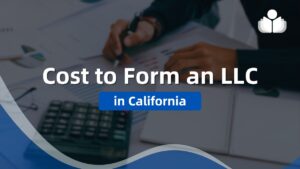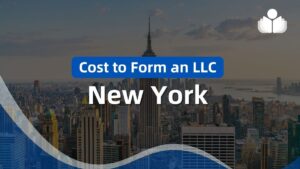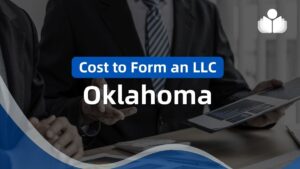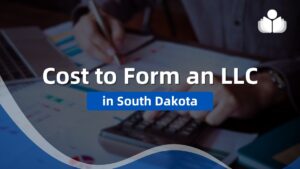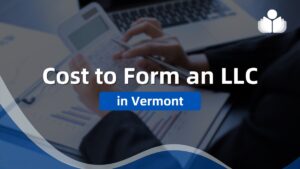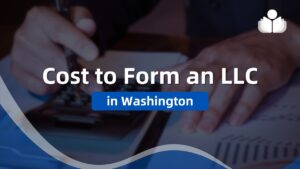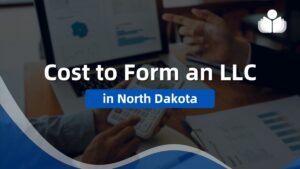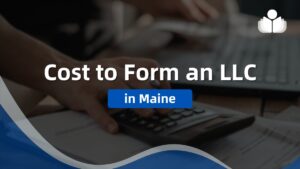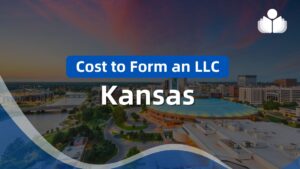© Copyright Carter McNamara, MBA, PhD, Authenticity Consulting, LLC.
Also, consider
Related Library Topics
Description
The following framework can be filled in by readers to design a basic logic model (or diagram) for their organization and for each of its programs. Guidelines and examples are provided to help the reader.
Purpose of a Logic Model
A logic model is a top-level depiction of the flow of materials and processes to produce the results desired by the organization or program. The model can be very useful to organize planning and analysis when designing the organization and its programs or when designing outcomes-based evaluations of programs. It can also be useful for describing organizations and programs (for example, in grant proposals).
What to Include and What Not to Include
Logic models can be in regard to whatever application in which the designer chooses to use them. However, when using logic models to analyze or describe organizations and programs, it’s often best to use logic models to depict major, recurring items in the organization or programs — rather than one-time items. For example, you might not choose to do a logic model for the one-time, initial activities to build an organization or program (constructing the building, registering with state and federal authorities, etc.). However, you might benefit more from using logic models to analyze and describe the major, recurring activities that occur in the organization or program (once they’re built) to continue to produce the results desired for clients and the community.
Size and Level of Detail
The logic model should be of a size that readers can easily study the model without extensive reference and cross-comparisons between pages. Ideally, the logic model is one or at most two pages long. The level of detail should be sufficient for the reader to grasp the major items that go into an organization or program, what occurs to those inputs, the various outputs that result, and the overall benefits/impacts (or outcomes) that occur and to which groups of people.
Note the content of program logic models is often more specific than models for organizations. This level of specificity is often quite useful for program planners.
Definitions of Basic Terms
Logic models typically depict the inputs, processes, outputs, and outcomes associated with an organization and its programs. Don’t be concerned about your grasping the “correct” definition of each of the following terms. It’s more important to have some sense of what they mean — and even more important to be consistent in your use of the terms.
Inputs
These are materials that the organization or program takes in and then processes to produce the results desired by the organization. Types of inputs are people, money, equipment, facilities, supplies, people’s ideas, people’s time, etc. Inputs can also be major forces that influence the organization or programs. For example, the inputs to a nonprofit program that provides training to clients might include learners, training materials, teachers, classrooms, funding, paper and pencils, etc. Various laws and regulations affect how the program is conducted, for example, safety regulations, Equal Opportunity Employment guidelines, etc. Inputs are often associated with a cost to obtain and use the item — budgets are listings of inputs and the costs to obtain and/or use them.
Processes (or Activities or Strategies or Methods)
Processes are used by the organization or program to manipulate and arrange items to produce the results desired by the organization or program. Processes can range from putting a piece of paper on a desk to manufacturing a space shuttle. However, logic models are usually only concerned with the major recurring processes associated with producing the results desired by the organization or program. For example, the major processes used by a nonprofit program that provides training to clients might include recruitment of learners, pretesting of learners, training, post-testing, and certification.
Outputs
Outputs are usually the tangible results of the major processes in the organization. They are usually accounted for by their number, for example, the number of students who failed or passed a test, courses taught, tests taken, teachers used, etc. Outputs are frequently misunderstood to indicate the success of an organization or program. However, if the outputs aren’t directly associated with achieving the benefits desired for clients, then the outputs are poor indicators of the success of the organization and its programs. You can use many teachers, but that won’t mean that many clients were successfully trained.
Outcomes
Outcomes are the (hopefully positive) impacts on those people whom the organization wanted to benefit with its programs. Outcomes are usually specified in terms of:
a) learning, including enhancements to knowledge, understanding/perceptions/attitudes, and behaviors
b) skills (behaviors to accomplish results or capabilities)
c) conditions (increased security, stability, pride, etc.)
It’s often to specify outcomes in terms of short-term, intermediate, and long-term.
Basic Example of a Logic Model
The following example is intended to further portray the nature of inputs, processes, outputs, and outcomes.
The logic model is for an organization called the Self-Directed Learning Center (SDLC).
Logic models for programs are often more detailed.
Inputs
- Free articles and other publications on the Web
- Collaborators
- Free Management Library
- Funders
- Self-directed learners·
- Volunteers
- Computers
- Web
- Supplies
Processes
- Provide peer-assistance models in which learners support each other
- Provide free, online training program: Basics of Self-Directed Learning
- Provide free, online training program: Basic Life Skills
- Provide free, online training program: Passing your GED Exam
Outputs
- 30 groups that used peer models
- 100 completed training programs
- 900 learners who finished Basics of Self-Directed Learning
- 900 learners who finished Basic Life Skills
- 900 learners who passed their GED to gain a high-school diploma
Short-Term Outcomes
- high school diploma for graduates
- improved attitude toward self and society for graduates
- improved family life for families of graduates
Intermediate Outcomes
- full-time employment for learners (in a job that required high-school education)
- increased reliability and improved judgment of learners
- enhanced publicity and public relations for SDLC
Long-Term Outcomes
- independent living for learners (by using their salary to rent an apartment)
- strong basic life skills for learners
- improved love life for a learner who’s now in a relationship
- increased likelihood and interest for learners to attend college
Logic Model For
| Organization (Name) | |
| Or Product (Name) |
Inputs
Processes
Outputs
Short-Term Outcomes
Intermediate Outcomes
Long-Term Outcomes
For the Category of Capacity Building (Nonprofit):
To round out your knowledge of this Library topic, you may want to review some related topics, available from the link below. Each of the related topics includes free, online resources.
Also, scan the Recommended Books listed below. They have been selected for their relevance and highly practical nature.
 Sections of this topic
Sections of this topic


